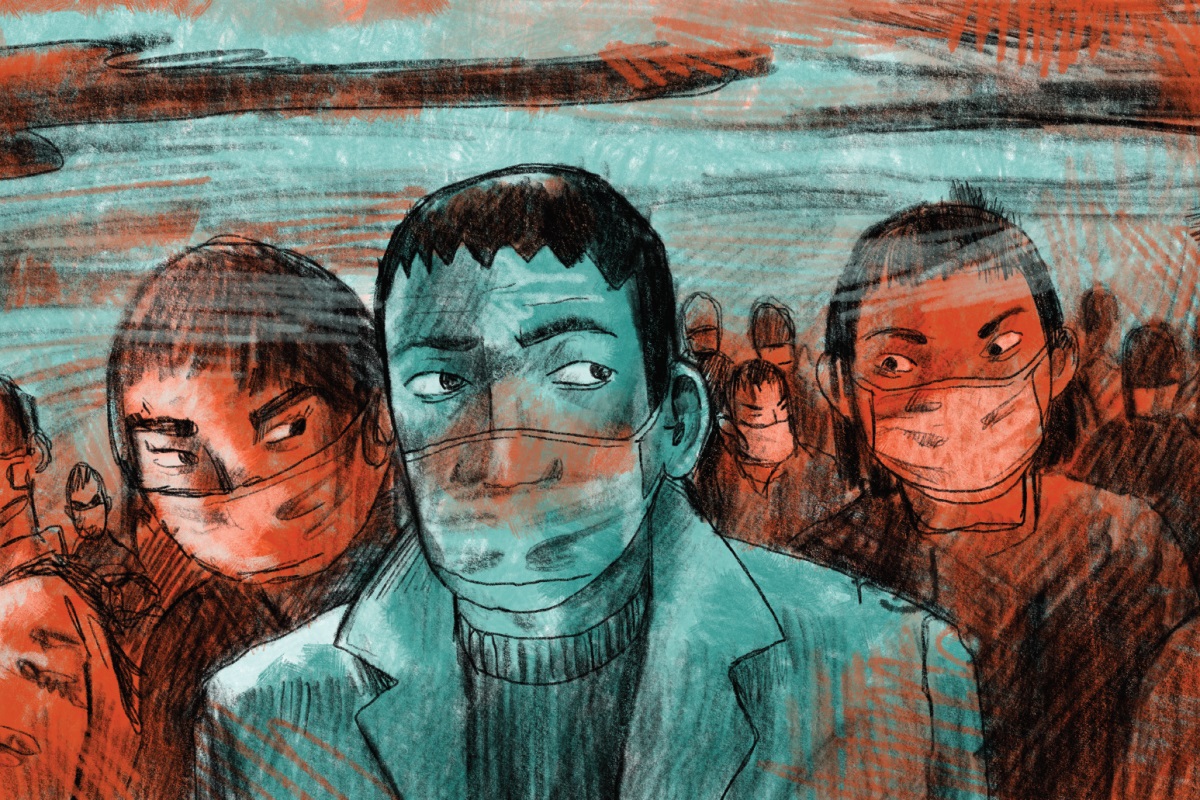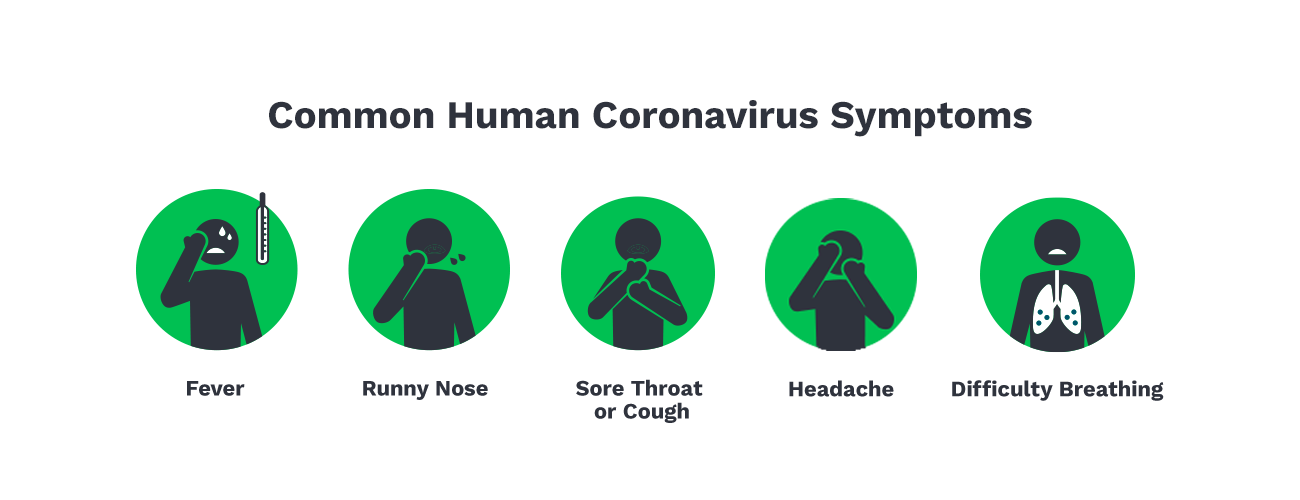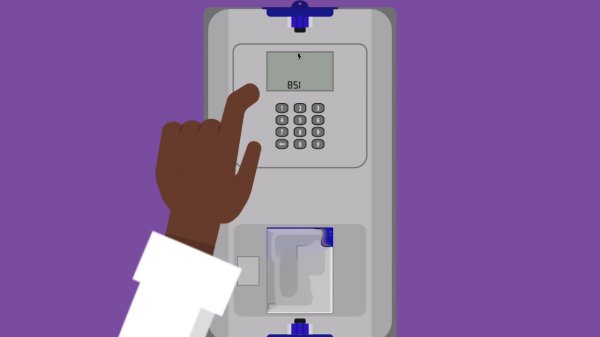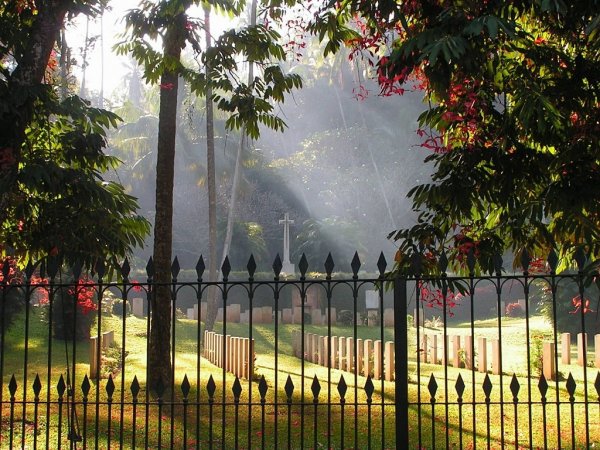
The COVID-19 pandemic is an evolving situation and as such information relating to it is rapidly changing. We encourage you to always check our latest articles, the updates on our live blog or the reportage on our Twitter feed.
Over 100 people have died and over 4,500 cases of the novel coronavirus (2019-nCoV) have been reported globally, after the virus was first discovered in Wuhan City, China on 31 December 2019. The virus has since spread to at least 14 other countries, including Australia, France, Germany Malaysia, Nepal and Singapore.
The first case in Sri Lanka was reported yesterday (27 January), when a female Chinese tourist quarantined at the National Institute of Infectious Disease (IDH) – who at first tested negative, later tested positive for the pathogen. Five others are quarantined, even as the government is moving fast to ensure 2019-nCoV does not take hold in the country.
What Is A Coronavirus?
A coronavirus is a group of zoonotic viruses, which occur in animals and can be transmitted to humans. Transmission is thought to be primarily through respiratory droplets produced when an infected person coughs or sneezes. A novel coronavirus (nCoV) is a new strain that has not been previously transmitted to people. According to the World Health Organisation (WHO), there are several known coronaviruses circulating in animals that have not yet infected humans. Previously, only SARS—which was transmitted from civet cats to humans, and MERS—which was transmitted from dromedary camels to humans have affected human populations.
So The 2019-nCoV Is…?
A novel coronavirus, colloquially known as the ‘Wuhan Pneumonia’, due to the fact that it is believed to have originated from the Wuhan wet market in the Hubei province, where varieties of animals, both dead and alive are sold. The wet market has now been closed down.
The virus spread rapidly across Wuhan, causing a shutdown of the city of 11 million people. Ten other cities and at least 33 million people—all in the Hubei province—were put on lockdown soon after, with only state authorities able to enter and leave the city.
The 2019-nCoV is similar to SARS and MERS: the pathogen targets the respiratory system (pharynx, larynx, trachea, bronchi and bronchioles), causing fever, cough, shortness of breath and breathing difficulties that lead to kidney failure and even death.
How Deadly Is It?
With 4,500 confirmed cases and 107 deaths, the mortality rate for the virus is 2.3 percent. This is lower than the Severe Acute Respiratory Syndrome (SARS) outbreak in 2003, which averaged 15 percent and the Middle East Respiratory Syndrome (MERS) which began to spread in 2012 and has averaged a mortality rate of 35 percent.
An article in the peer-reviewed Journal of the American Medical Association published on January 23 also confirmed that the fatality rate of 2019-nCoV is thus far lower than that of SARS-CoV and MERS-CoV, but warned that the ultimate scope and effects of the outbreak remain to be seen.
Times reported that official data indicated that most victims were over the age of 65, the oldest being two 88-year-old men. The youngest victim however, is a 35-year-old man. The Centers for Disease Control and Prevention has also said that older adults and people with underlying health conditions may be at increased risk for severe disease.

How Does It Spread?
Human coronavirus is spread from an infected person to others through the air by coughing and sneezing, or through close personal contact, such as touching or shaking hands, or touching an object or surface with the virus on it and then touching your mouth, nose, or eyes before washing your hands. Although rare, it can also spread through fecal contamination.
According to the CDC, the origins of the virus at the Wuhan seafood and animal market suggests initial animal-to-person spread. ‘However, a growing number of patients reportedly have not had exposure to animal markets, indicating person-to-person spread is occurring,’ it said, adding that it was unclear how easily or sustainably this virus is spreading between people.
Which Countries Are Affected Right Now?
The latest reports indicate the 2019-nCoV has spread to at least 15 countries, including Sri Lanka. Having originated in China, the virus spread rapidly to Thailand, Japan, Taiwan, Malaysia, Singapore, South Korea, Vietnam, Nepal, Cambodia, Australia, the United States, France and Canada.
Is There A Vaccine For It?
No, there are no vaccines to protect you against the infection. Chinese authorities however, were able to identify the new type of coronavirus after genetic samples were isolated a week after the first case was detected. By 10 January, the genetic material of the virus was sequenced and made public by Chinese researchers, allowing potential study and development of a vaccine or treatment.
Currently, the Coalition for Epidemic Preparedness Innovations is working with WHO, Innovi Pharmaceuticals, the University of Queensland, Moderna Inc. and the U.S. National Institute of Allergy and Infectious Diseases to develop vaccines. In the absence of a vaccine, it is imperative that adequate measures are taken to reduce your risk of infection.
How Do You Avoid It?
Misinformation is the second biggest threat during an outbreak. So it is pivotal to stay informed with true sources.
Here’s how you can stay safe:

What Is Sri Lanka Doing About It?
The government has installed three thermal scanners to identify potentially infected tourists at the Bandaranaike International Airport in Katunayake. While all passengers arriving from China were initially channeled through a specifically designated gate for screening, visa-on-arrival facilities for Chinese nationals has been suspended until further notice.
The government also initiated a programme to repatriate Sri Lankan students currently trapped in Wuhan and other cities in China. Over 200 students have reportedly already left China and more are left waiting as authorities try to negotiate around a Chinese blockade on evacuating citizens.
The Ministry of Health has also established two hotlines, 0710170717 or 0113071073 for more information on the coronavirus.
It was also decided that Sri Lankan students arriving from China will be quarantined at the Diyatalawa Army Camp for two weeks.








